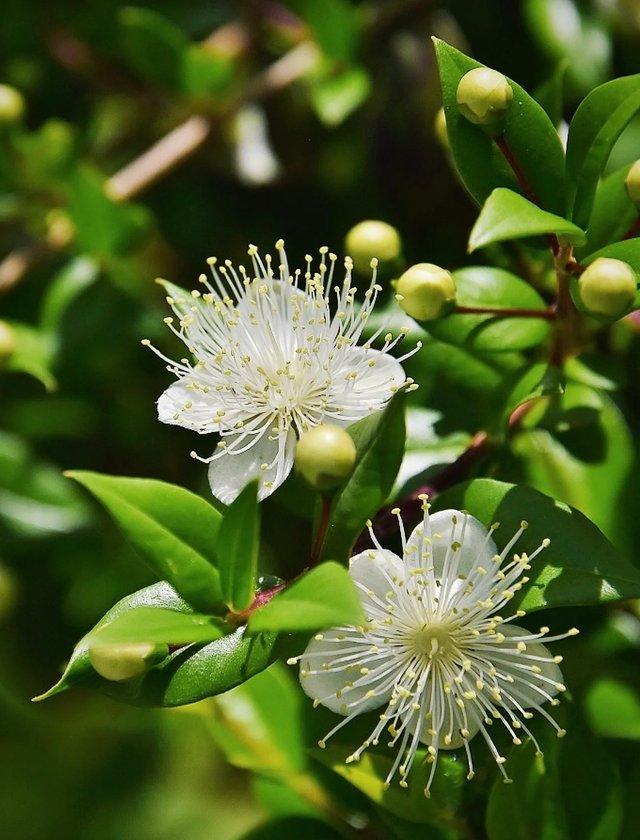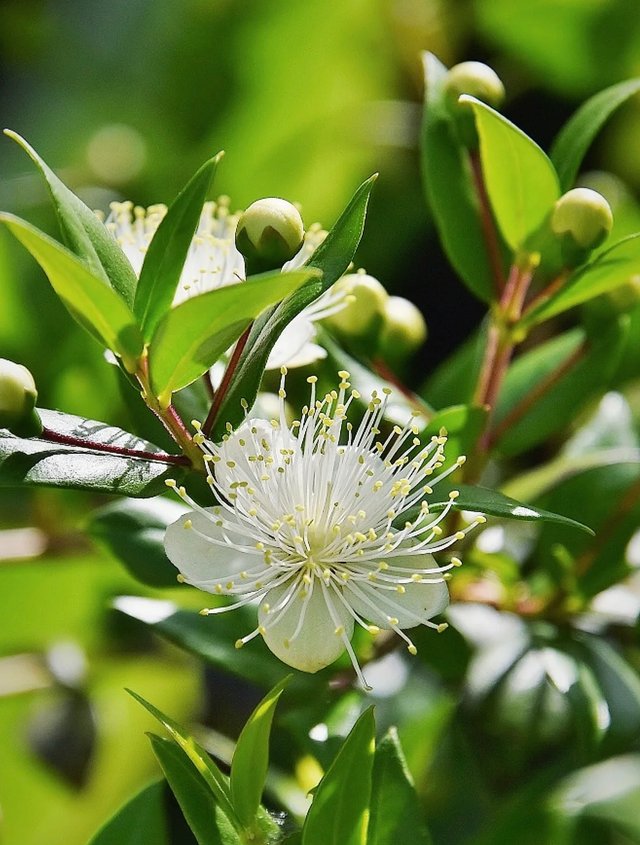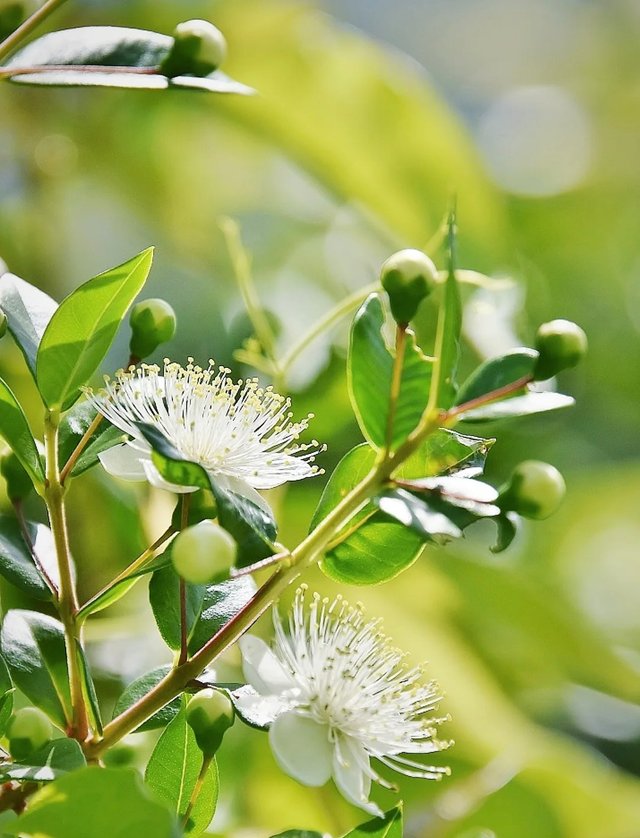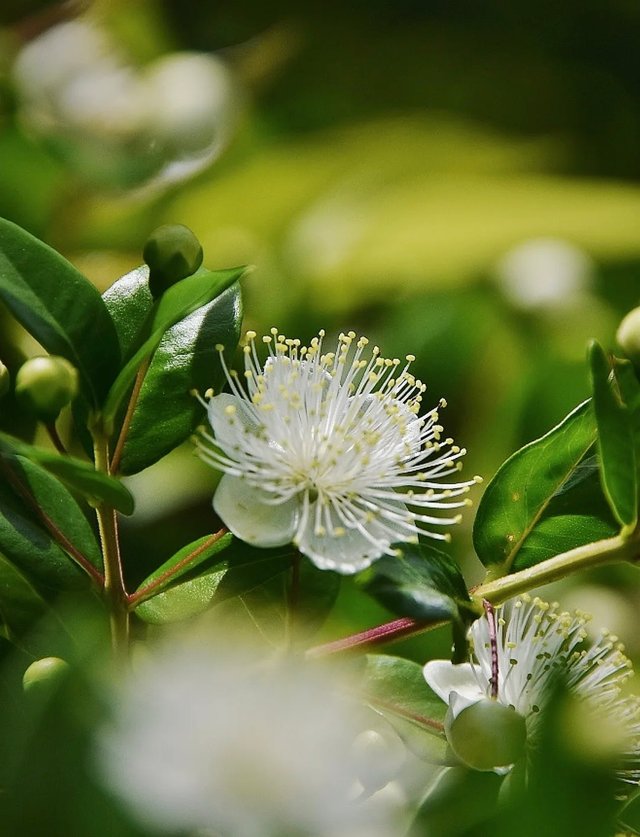Myrtle Flower
The Myrtle flower is a small, evergreen shrub native to the Mediterranean region and parts of North Africa. Celebrated for its delicate white or pale pink blossoms and aromatic foliage, the myrtle plant holds a special place in botany, mythology, and horticulture alike. With its rich fragrance, cultural symbolism, and historical use in ceremonies and herbal medicine, the Myrtle flower is more than just a pretty bloom — it's a time-honored icon of beauty and devotion.
Myrtle plants produce small, star-like flowers with five petals and a profusion of long, delicate stamens that give them a fluffy appearance. These flowers are followed by bluish-black berries, which are edible and have been used historically for flavoring and medicinal purposes.
Few flowers carry as much symbolic weight as the Myrtle. In many cultures, it represents love, purity, fertility, and eternal life. Myrtle was sacred to Aphrodite and Venus.It was often used in weddings, bridal wreaths, and temples dedicated to these deities. Wearing a myrtle crown was a mark of honor and divine favor.In the Victorian language of flowers, myrtle symbolized a happy marriage. It became customary in the British royal family for bridal bouquets to include sprigs of myrtle grown from a bush planted by Queen Victoria. This tradition continues to this day.
The Myrtle flower is a timeless beauty — a fusion of nature’s grace and humanity’s reverence. Whether it graces wedding bouquets, flavors ancient recipes, or grows quietly in a sun-drenched garden, the Myrtle remains a living symbol of love, hope, and resilience. Easy to grow and deeply meaningful, it’s a plant that speaks the language of history, healing, and harmony.




Congratulations @saimran, your post was upvoted by @supportive.